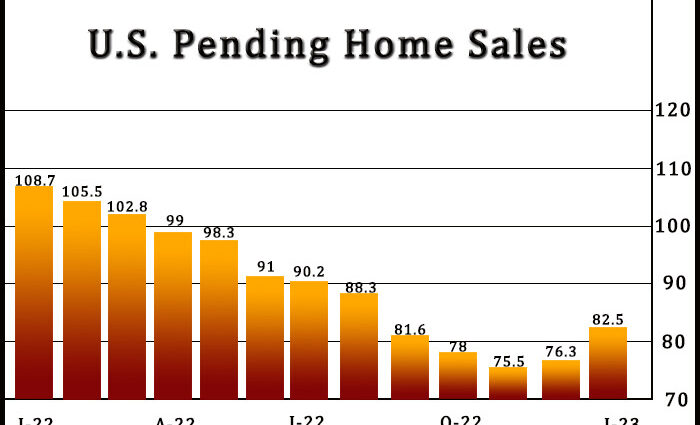The National Association of Realtors released a report on Monday showing pending home sales in the U.S. spiked by much more than expected in the month of January.
NAR said its pending home sales index soared by 8.1 percent to 82.5 in January after jumping by 1.1 percent to a downwardly revised 76.3 in December.
Economists had expected pending home sales to advance by 1.0 percent compared to the 2.5 percent surge originally reported for the previous month.
Pending homes sales increased for the second consecutive month but are still down by 24.1 percent compared to the same month a year ago.
A pending home sale is one in which a contract was signed but not yet closed. Normally, it takes four to six weeks to close a contracted sale.
“Buyers responded to better affordability from falling mortgage rates in December and January,” said NAR Chief Economist Lawrence Yun.
The rebound in pending home sales reflected strength across the country, with a 10.1 percent spike in pending home sales in the West leading the way higher.
Pending home sales in the South and West also surged by 8.3 percent and 7.9 percent, respectively, while pending home sales in the Northeast shot up by 6.0 percent.
“An extra bump occurred in the West region because of lower home prices, while gains in the South were due to stronger job growth in that region,” Yun said.
Yun still expects existing home sales to plunge by 11.1 percent to a total of 4.47 million units in 2023 before soaring by 17.7 percent to 5.26 million units in 2024.
“Home sales activity looks to be bottoming out in the first quarter of this year, before incremental improvements will occur,” Yun said. “But an annual gain in home sales will not occur until 2024.”
He added, “Meanwhile, home prices will be steady in most parts of the country with a minor change in the national median home price.”
Source: Read Full Article

